While living as a parasite in the ant's gut, it appears that the tapeworm Anomotaenia brevis pumps out antioxidants and other proteins that help the ants stay young and fat.
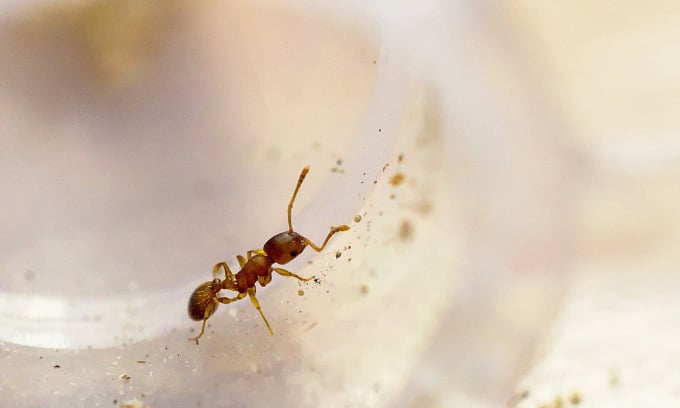
Ant Temnothorax nylanderi . Photo: Wikimedia
Tapeworm infestations are usually bad, but not for Temnothorax nylanderi ants. If an ant of this species gnaws on woodpecker droppings as a larva and becomes infected with the tapeworm Anomotaenia brevis , it can live three times longer than its fellow ant, or even longer, Science Alert reported on June 17.
The healthy ants will do the work of the worker ants, carrying the tapeworm-infected ants around, caring for them and feeding them. These pampered “patients” hardly leave the nest.
In a new study published on the bioRxiv database, a team of experts led by entomologist Susanne Foitzik at Johannes Gutenberg University in Germany found a possible explanation for this strange lifestyle.
As the tapeworm lives in the ant’s gut, it appears to pump antioxidants and other proteins into the hemolymph (the fluid in the circulatory system of arthropods, similar to blood). The team of experts is not sure what these special proteins do for health, but it is likely that they contribute to keeping the infected ants young and “fresh”.
Ants are not the final home of the tapeworm Anomotaenia brevis . They live in the woodpecker as adults, which means they benefit from keeping the ants looking young, fat, and fresh. This way, they can become the bird's breakfast.
In 2021, Foitzik and his colleagues discovered that while tapeworm-infected Temnothorax nylanderi ants lead a leisurely life, the healthy members of the colony pay the price. They are burdened with caring for the “patients” and die much sooner. The fact that workers are busy caring for infected ants and pay less attention to the queen could spell trouble for the colony.
In the new study, the team of scientists once again compared infected ants to healthy ants, closely observing the protein levels in the hemolymph. They found that tapeworm proteins made up a significant portion of the proteins flowing through the ants’ hemolymph, with two of the most abundant proteins being antioxidants.
Other proteins may explain why infected ants are favored. The team found large amounts of a protein called vitellogenin-like A, which the ants themselves produce, not from the parasite. This protein is involved in regulating the division of labor and reproduction in ant societies. The team thinks that the protein somehow influences the behavior of the ants, tricking healthy ants into liking them.
However, the scientists do not know whether the tapeworm is actively manipulating the gene expression of proteins like vitellogenin-like A or whether this is just a random byproduct of the parasite infection. They plan to continue studying the parasite’s proteins to better understand how they affect the ants’ behavior, appearance, and lifespan.
Thu Thao (According to Science Alert )
Source link


![[Photo] General Secretary To Lam chairs the third meeting to review the implementation of Resolution No. 18-NQ/TW](https://vstatic.vietnam.vn/vietnam/resource/IMAGE/2025/4/14/10f646e55e8e4f3b8c9ae2e35705481d)
![[Photo] Touching images recreated at the program "Resources for Victory"](https://vstatic.vietnam.vn/vietnam/resource/IMAGE/2025/4/14/99863147ad274f01a9b208519ebc0dd2)


![[Photo] Children's smiles - hope after the earthquake disaster in Myanmar](https://vstatic.vietnam.vn/vietnam/resource/IMAGE/2025/4/14/9fc59328310d43839c4d369d08421cf3)
![[Photo] Opening of the 44th session of the National Assembly Standing Committee](https://vstatic.vietnam.vn/vietnam/resource/IMAGE/2025/4/14/03a1687d4f584352a4b7aa6aa0f73792)















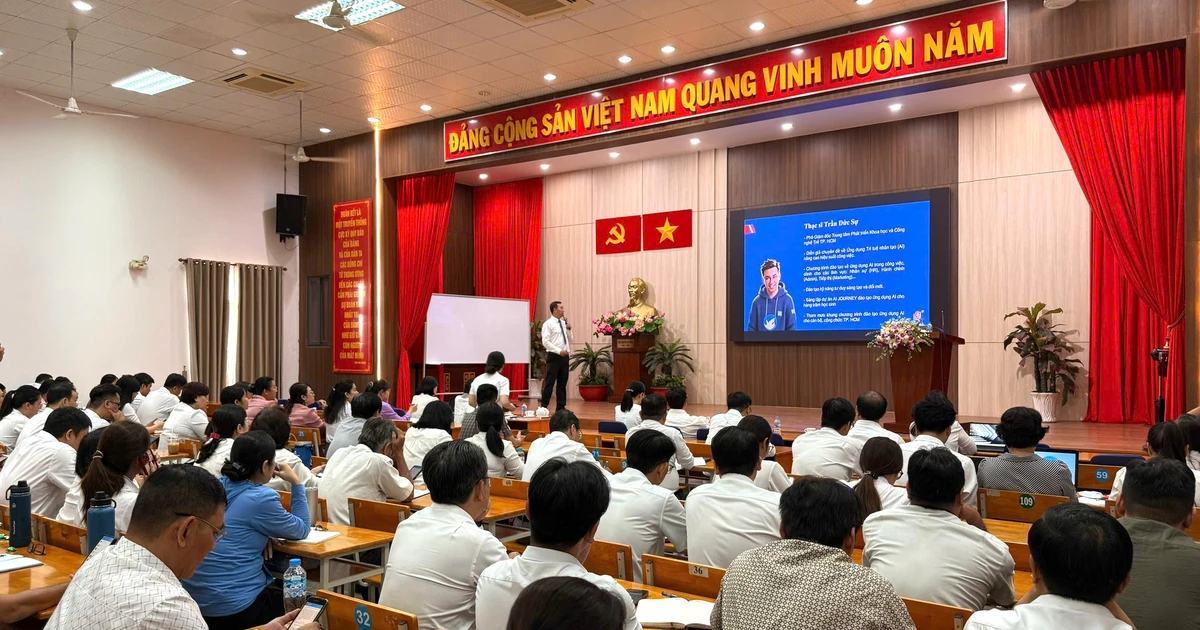





















































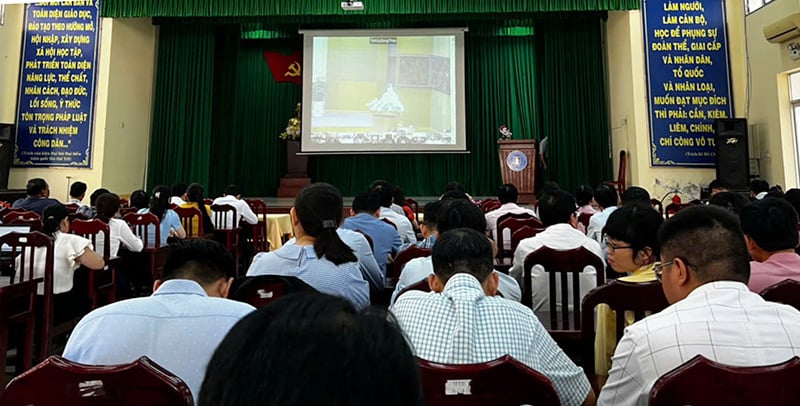
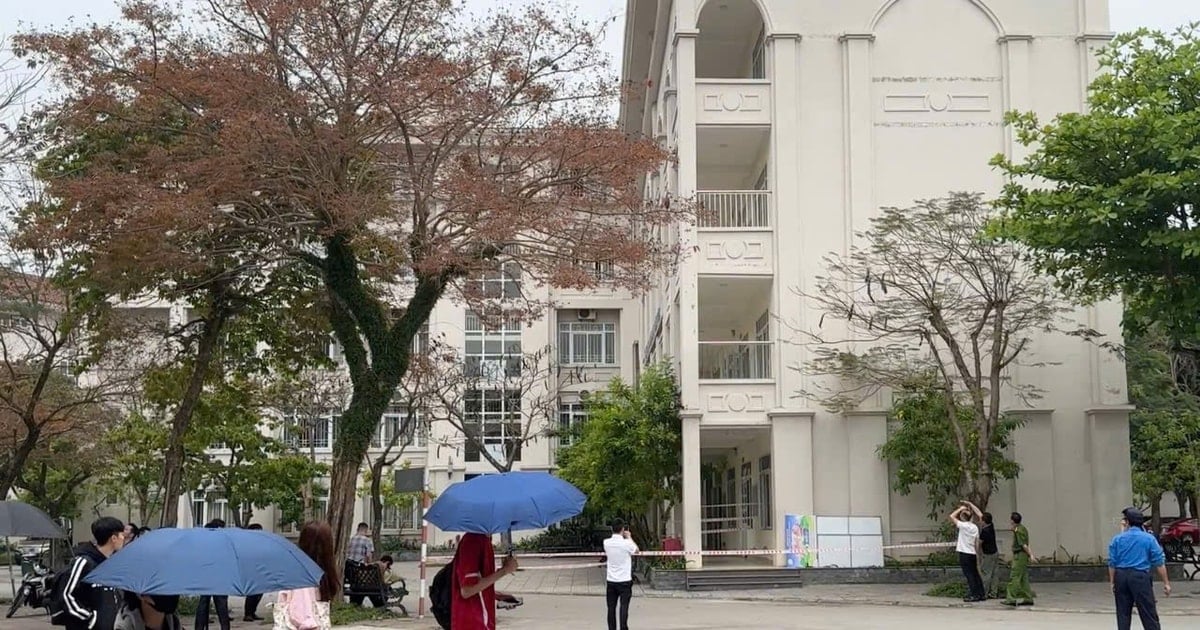



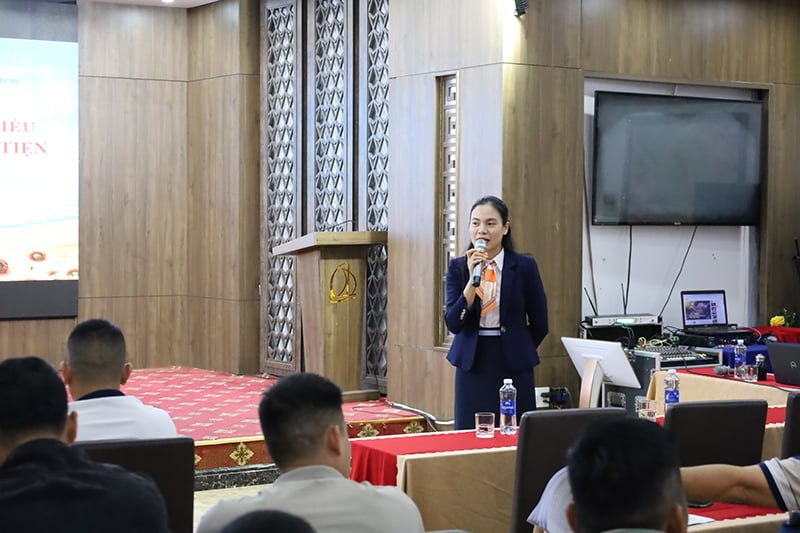


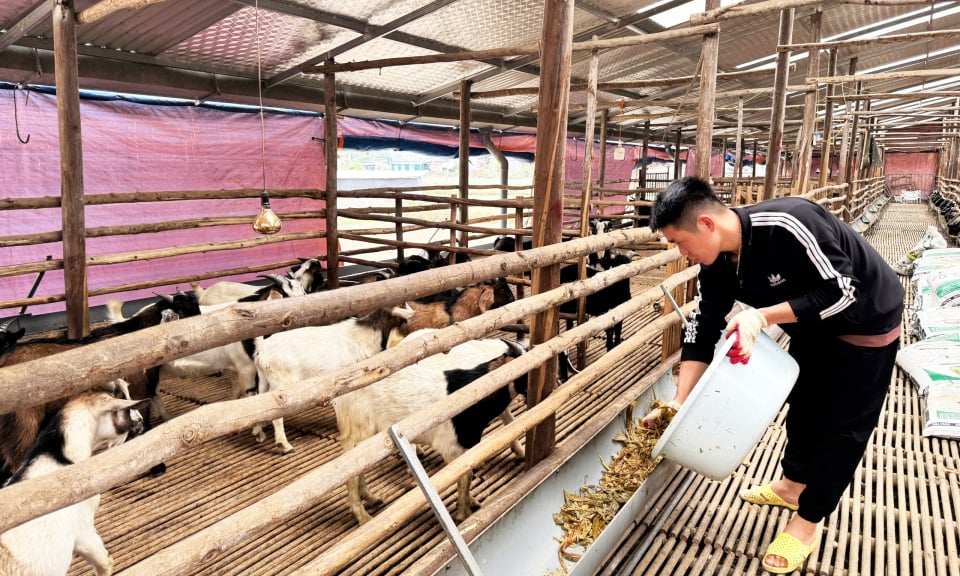








Comment (0)